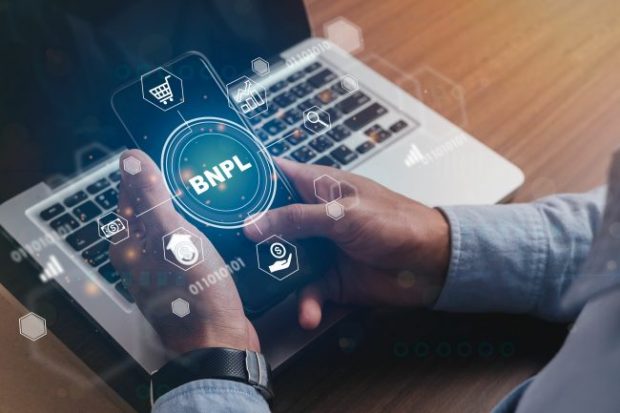 The love/hate relationship consumers have with cash (Image: Shutterstock).
The love/hate relationship consumers have with cash (Image: Shutterstock).
Despite continued proliferation of mobile wallets and digital payment options from credit unions and other providers, most consumers still use cash often, and the majority frown upon merchants that don't accept cash, according to a new study from Cardtronics.
The ATM operator's online survey of 1,000 U.S. adults found that 73% of consumers said they used cash regularly. When asked which payment method they most preferred, 37% said debit cards, 28% said cash, 20% said credit cards, 13% said digital and 2% said check. However, 84% of all respondents and 81% of digital users said they tried to keep cash on hand always.
Recommended For You
Two-thirds of the respondents also said laws and ordinances should restrict retailers and restaurants from rejecting cash payments.
"The primary conclusions from the Health of Cash Study are that U.S. consumers do not want to be told how they should pay for the things and services they acquire," Cardtronics EVP and Managing Director North America Brian Bailey said. Cardtronics operates the Allpoint ATM network.
In addition, the study found that P2P apps from credit unions and other financial institutions were the least-used methods of sending money to other individuals — more consumers overall said they used cash, third-party P2P apps or checks instead. The company also reported that seven in 10 consumers preferred using cash to pay back a friend, and 65% said they would rather receive cash than a P2P transaction if a friend owed them money.
Less than a third of all respondents said they had used a mobile device to make a digital payment at a physical retail store, according to the study. Millennials showed a significant increase in their use of mobile payments this year, though — nearly half the group had made a digital payment in the previous six months, the study reported. However, millennials also used cash for retail purchases as frequently as U.S. consumers overall, it said.
"It appears that mobile payments, app payments and other digitally directed payments primarily shift form factors from carded transactions to mobile device transactions. So far these form factors have had minimal impact on cash transactions in the U.S. as opposed to their growing use in the U.K. and some other countries," Cardtronics reported.
The Cardtronics study follows a separate study by payments technology firm Paysafe, which reported earlier this year that fraud concerns may be hindering consumer use of digital payments technologies. That study also found that half of all consumers (49%) in the survey and 55% of Americans in the survey carried less cash now than they did a year ago, however. The average American consumer carried $42 today — that's $8 less than in 2017, it reported.
Another study, by San Francisco-based financial services research company Logica, found that the average PayPal balance among Americans with PayPal accounts was $485. They kept far less — $196 on average — in actual cash.
Some other findings from the Cardtronics survey included:
- Almost 60% of consumers preferred to pay in cash for purchases under $10, and 56% used cash for purchases between $20 and $30.
- Nearly half of consumers preferred credit cards for purchases over $200.
- Consumers preferred using checks to pay the rent or mortgage.
- 95% of respondents believed cash is useful for teaching kids about financial responsibility.
- 61% of respondents said they used cash to help them stick to a budget.
- At least 50% of consumers said they prefer to use cash to pay a babysitter, leave a tip, make impulse purchases, buy snacks or donate money to charity unexpectedly.
- Fewer than 50% said they prefer to use cash to buy something from a small, locally run business; make planned charitable donations; or buy gas.
© Touchpoint Markets, All Rights Reserved. Request academic re-use from www.copyright.com. All other uses, submit a request to [email protected]. For more inforrmation visit Asset & Logo Licensing.






